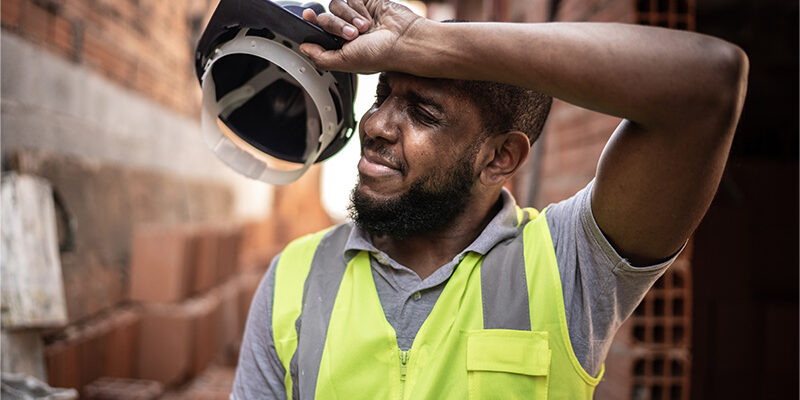Contents Restoration from Evolution to Revolution

For decades, contents restoration was accomplished using slow, labor-intensive hand cleaning methods. Cleaning quality was often inconsistent because it was dependant on the capabilities of each individual on the cleaning crew. When ultrasonic technology was introduced to the restoration industry in the mid-1990s, cleaning efficiency began to improve and so did production.
With ongoing advancements in technology and chemistries, almost everything can be processed in-house — including all electronic equipment and components. High-production cleaning operations require fast turnaround times and cleaning efficiency. As a result, new concepts in contents restoration have been developed that utilize industrial stage-cleaning techniques similar to those used by the manufacturing industry.
These assembly line operations have been tailored to address the diverse cleaning challenges of contents cleaning and employ a system of checks and balances to insure consistent quality throughout the restoration process. Proper implementation of these stage systems results in accelerated cleaning productivity and lower production costs. In an ultrasonic stage-cleaning system items are no longer cleaned individually but rather by the box. The contents of each box remain together as it moves through the system.
Contents restoration is a complex undertaking because it involves dealing with various item categories, material classifications, residue types and residue levels. No single cleaning procedure can effectively address all of these variations. The objective of ultrasonic stage-cleaning is to create a continuous flow of content items moving through the cleaning line without interruption. It is therefore imperative that all content items be properly organized and boxed according to item category, residue type, and residue level; these classifications determine the cleaning procedures and line setups required for successful processing.
Contents processing has evolved due to demand. It is now possible to deal with heavy-duty cleaning challenges and delicate tasks simultaneously in a continuous flow of production. Stage-cleaning breakthroughs are currently being implemented and it appears that contents restoration is moving from evolution to revolution.
David W. Mazur founded Canadian Ultrasonic Industries Ltd. in 1989. In 1993, Mazur expanded operations into the United States under the trade name of Ultrasonics International Corp. (UIC). Ultrasonics International has been instrumental in developing a wide range of industrial ultrasonic cleaning equipment for a variety of specialty cleaning applications with an emphasis on contents restoration. Mazur is also co-founder of the Restoration Alliance and is the director of Fireline Training Centers.












